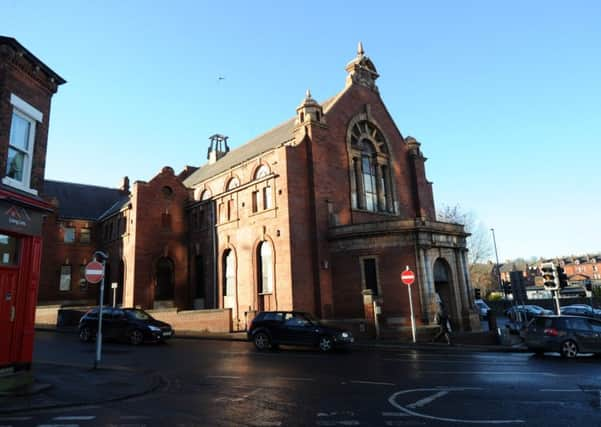Action plan for Leeds buildings most in need of urgent rescue


A new hit list of architectural jewels being earmarked for emergency rescue jobs in the coming year includes a number of eye-catching historic mills – and some notorious eyesores which are being overhauled and returned to former glories.
The council has identified a ‘Big Five’ of grade one and two listed buildings which have “significant regeneration potential”.
Advertisement
Hide AdAdvertisement
Hide AdThese include the First White Cloth Hall, which dates from 1711 and sits in the city’s oldest street.
The landmark has already had a first round of repairs and the council has previously agreed to start proceedings to carry out a compulsory purchase order on the building.
A new council report reveals that “negotiations are ongoing with the owner to secure an option for long term lease” and “further urgent works”.
Others in the priority five include Temple Mill in Holbeck, which has also had initial urgent works on its roof. The council is now looking for potential partners to help “find sustainable use which will lead to restoration”.
Advertisement
Hide AdAdvertisement
Hide AdIn total, Leeds has 2,340 listed buildings. The council is carrying out in-depth investigations to create an accurate register of all those considered “at risk”. The authority currently classifies 89 buildings as “at risk” and owns 18 of those.
A report being presented to Leeds City Council’s Joint Plans Panel this week says the authority is working to “prioritise intervention”, and its work can range “from partnership working with owners to the use of statutory powers to carry out repairs”.
The report adds: “Resources are being concentrated on five priorities – the Big Five – but the council is also involved in the repair of numerous other buildings at risk, with some notable successes.”
It notes that disposing of some eyesore buildings is also helping to reduce the burden on the council’s own coffers.
Advertisement
Hide AdAdvertisement
Hide AdAs well as the Big Five, the authority has also been concentrating efforts on sites that have become notorious eyesores in recent years.
Among them is the Armley building known as Mike’s Carpets.
Referring to council-owned buildings specifically, the report adds: “The buildings at risk are a diverse range which can be divided into two groups: those within the ‘civic estate’ which the council will retain, and those which it may dispose of.
“The first group is the most challenging, given the competing calls on the council’s budget.”
It stresses that there are “no implications for resources”, because “addressing disrepair is a cost saving in the long term”.
**********
Advertisement
Hide AdAdvertisement
Hide AdOver the past year, Leeds City Council has managed to reduce the numbers of important buildings considered ‘at risk’ in the city by 11.
The authority owns more than a dozen of the 89 sites currently considered most at risk, a number it admits is “disproportionately high”. However it is also acknowledged that in addition to the priority cases, “good progress” has been made towards completing a number of other key projects.
These are Mike’s Carpets; the former Highroyds Hospital; St John’s Church, Roundhay; York Road library and Drighlington Junior School.